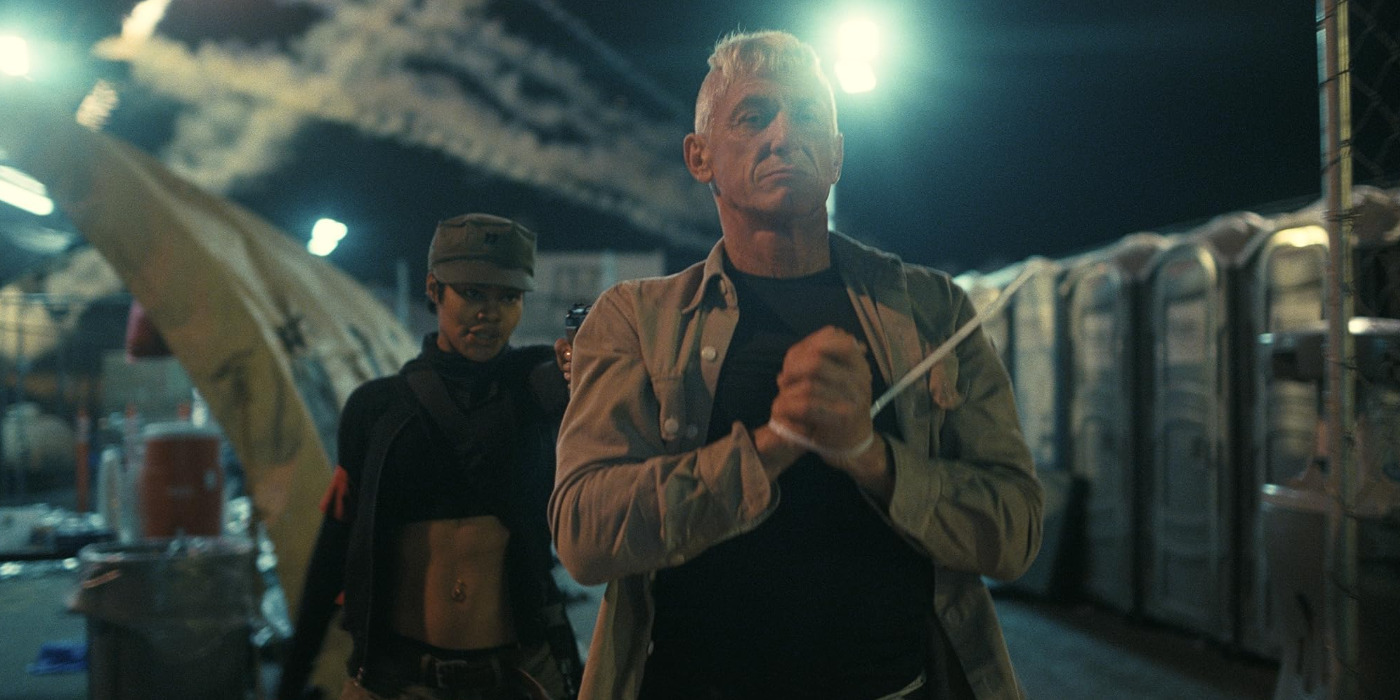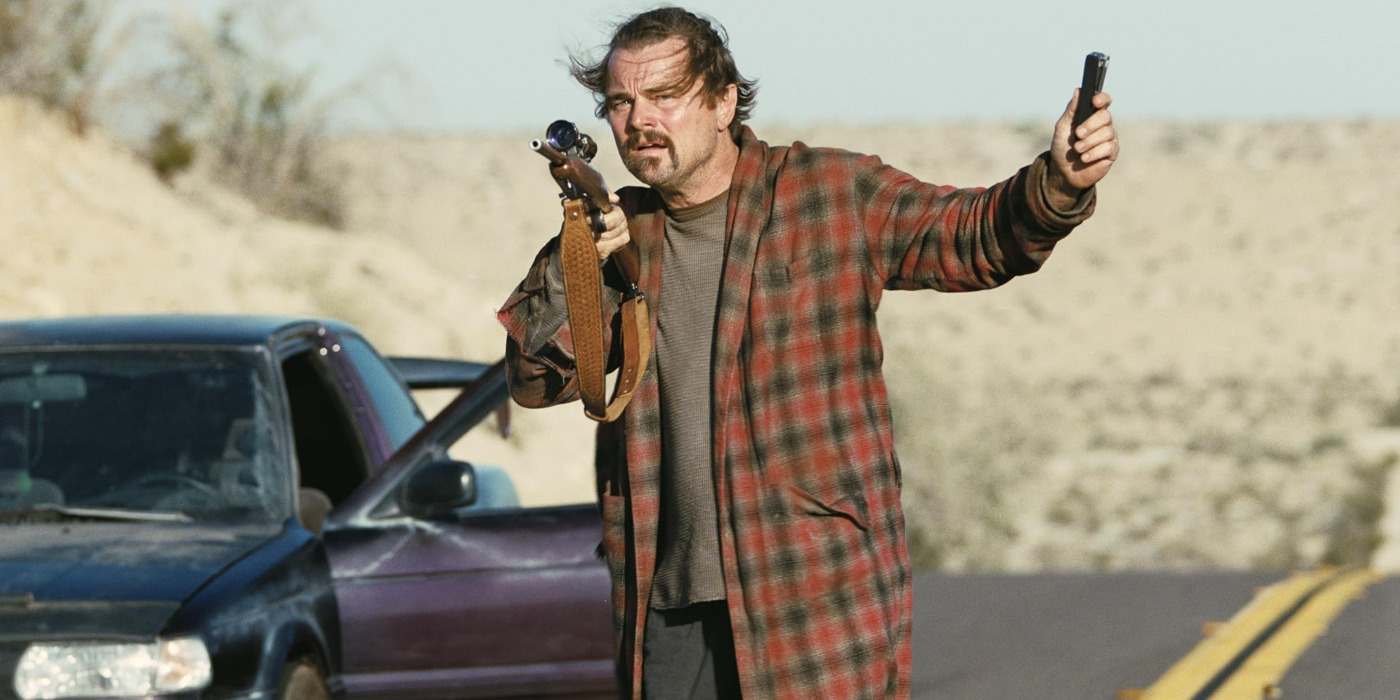The Paul Thomas Anderson film ‘One Battle After Another’ presents a riveting political thriller narrative, steeped in the brutal reality of oppression and revolution. The story centers on Bob Ferguson, an ex-revolutionary who used to be a part of the French 75, a leftist armed group of revolutionaries who work against their country’s growing fascist ideals. However, when the group takes a significant blow, Bob has to go into hiding with his daughter, Willa. Sixteen years down the line, the father-daughter duo continues to live off the grid, cloaked by the former’s paranoid safety measures.
Even so, the two find themselves separated when Bob’s past comes back to haunt him in the form of Colonel Steven J. Lockjaw, the man who led the initial and damning charge against French 75 by targeting Willa’s long-estranged mother, Perfidia. Despite the story’s more character-driven central conflict, the narrative remains saturated in the political world of political resistance and rebellion. Therefore, the on-screen revolutionary group, which perpetually haunts the narrative, presents an intriguing element whose origins are worth dissecting.
The Fictitious French 75 Takes Inspiration From Revolutionaries of the 1960s
Although a fictional narrative, ‘One Battle After Another’ retains notable roots in an existing piece of media. The film is partially inspired by ‘Vineland,’ Thomas Pynchon’s postmodern fiction novel from 1990. The book, much like Paul Thomas Anderson’s narrative, revolves around a father-daughter duo who are sailing through the rough waters of the aftermath of the former’s political rebellion from his youth. However, instead of a direct adaptation, the cinematic story only borrows foundational bits and pieces of the novel to create an entirely distinct narrative of its own. Despite the many divergences that the film takes, many of its storytelling elements end up retaining some tendrils of connection to their literary counterpart.

As such, the on-screen French 75 ends up mirroring many of the defining aspects of ‘Vineland’s’ revolutionary group, People’s Republic of Rock and Roll. Namely, the most prominent point of similarity between the two stems from their fundamental roots in the political revolution and anarchy of the 1960s. In a conversation with The Associated Press, lead actor Leonardo DiCaprio discussed some of the aspects of this inspiration and said, “(I mean,) This movie is based on some of the revolutionaries and anarchists of the late ’60s, the Weathermen (Weather Underground Organization) that were fighting for civil rights, environmentalism too, at the time, capitalism, Vietnam. But it’s about the implosion of that too, about the extremes that people go to for their own ideology.”
The Weathermen, a prominent inspiration for French 75, was a Marxist militant organization of the far-left ideology. Also known as The Weather Underground, the violent revolutionary organization was active during the 1960s to 1970s. Although a small group in terms of numbers, the organization made a prominent name for itself. During their active years, they protested American racism and the Vietnam War, partaking in multiple bombings. Some of their targets included the Pentagon, the State Department, and the Capitol Building. Naturally, they were a major target on the FBI’s radar. Thus, by and large, the rudimentary similarities between the real-life Weather and the fictional French 75 remain visible.
French 75 Roots One Battle After Another in the Socio-Politics of Real Life
French 75 remains confined to the fictional narrative of ‘One Battle After Another.’ While the revolutionary group itself finds inspiration in the real-life history of far-left politics, the on-screen group’s name seems to have a slightly different origin. In real life, French 75 is best known as a cocktail made of gin, champagne, lemon juice, and sugar. The drink itself gets its name from the French 75 mm field gun, which saw prominent use in World War I. Thus, the duality of the name, expressing ambition as well as violence, becomes a fitting title for the revolutionary group at the center of the film’s narrative. Through the militant organization, the story touches upon some of the worst of socio-political horrors plaguing the modern world.

One of the major missions of French 75 in the film remains their fight to liberate immigrants from detention centers. Additionally, they also fight for bodily autonomy, as evidenced by the attack they carry out on a senator’s office for their contribution to the abortion ban. Consequently, through the group of political revolutionaries, the film gets to touch upon highly relevant topics in the current socio-political environment. Simultaneously, the narrative also highlights the dangers of political dissent as an extremist and how it can follow one throughout their lives. Yet, most of all, it showcases the reality of hope and camaraderie even in the bleakest of situations. Ultimately, by refraining from over-glamorizing or villainizing French 75, ‘One Battle After Another’ finds an authentic depiction of a revolutionary group.
Read More: 12 Movies Like One Battle After Another You Must See


You must be logged in to post a comment.